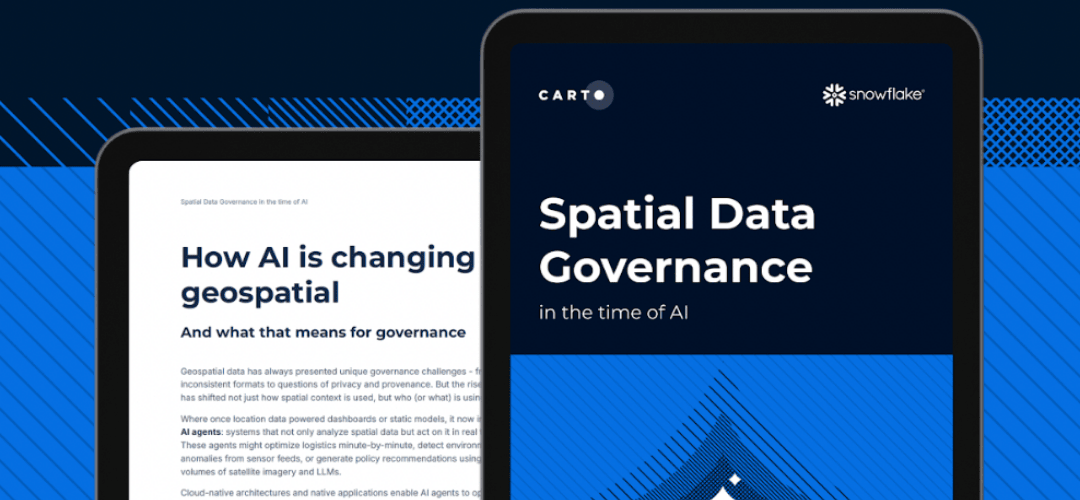Structured Query Language (pronounced either as sequel or “ess-queue-ell,” depending on who you talk to) is used for managing and querying relational database management systems (RDBMS), as well as running analysis. The language will differ slightly depending on the database provider.

How to Spot
SQL is most useful for data engineers, data scientists and data analysts. It has a heavy reliance on “the big 6” commands: SELECT, FROM, WHERE, GROUP BY, HAVING, and ORDER BY.
SQL commands are also always written IN CAPITAL LETTERS. For spatial analysis, you will also often see functions that start with ST... (which stands for Spatial & Temporal) — this includes functions like ST_BUFFER, ST_CENTERMEDIAN and ST_POLYGONIZE.




